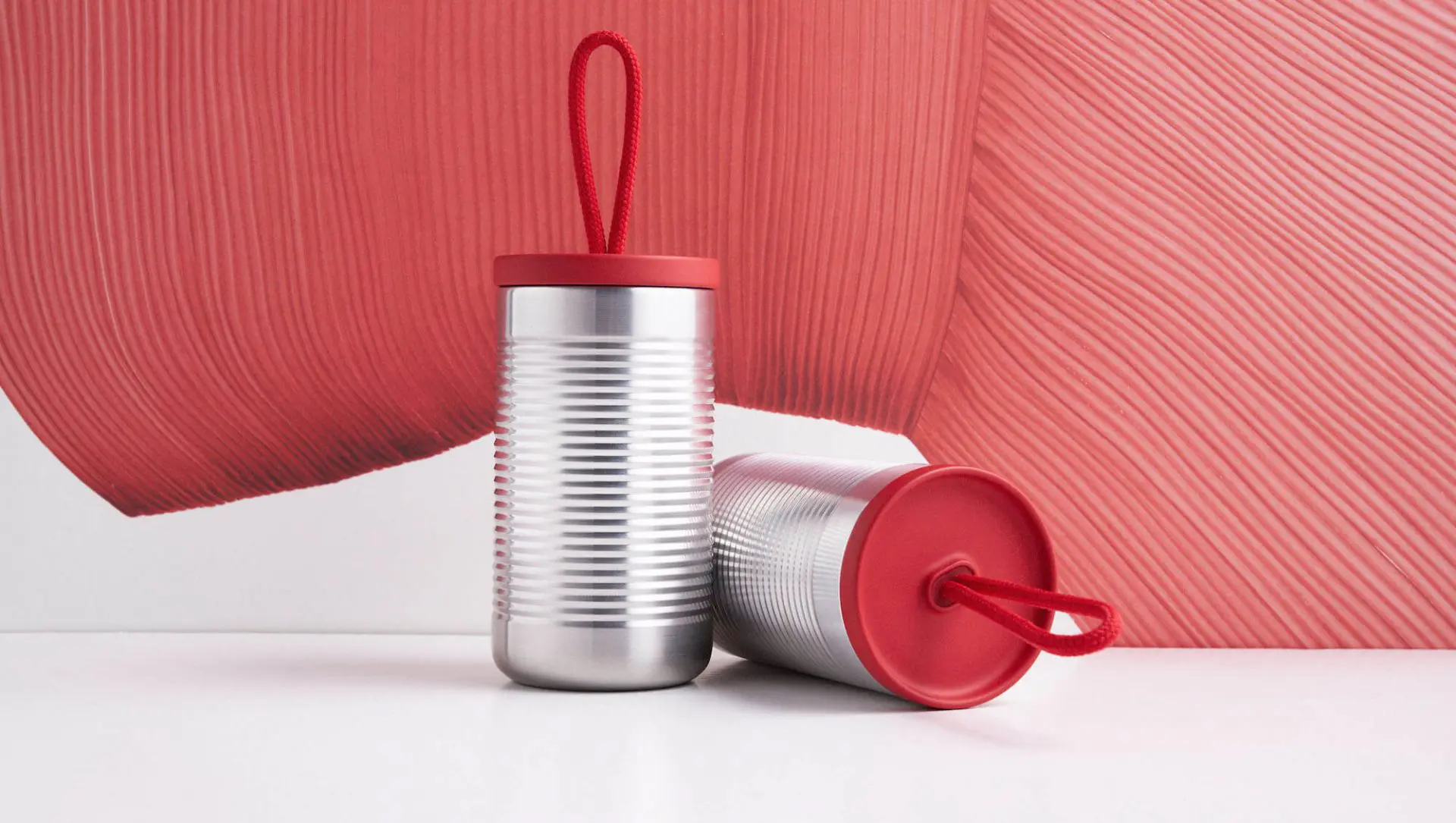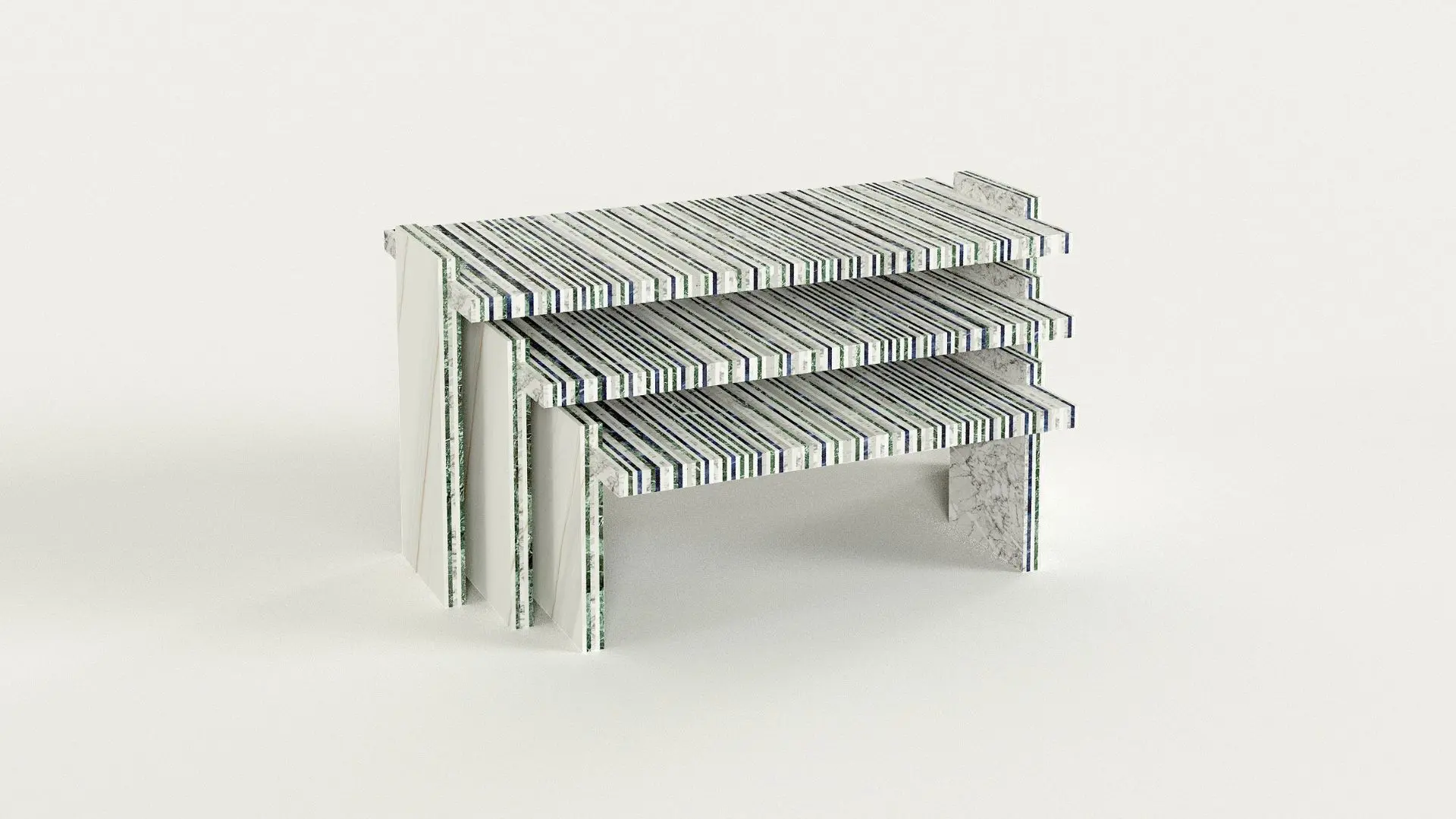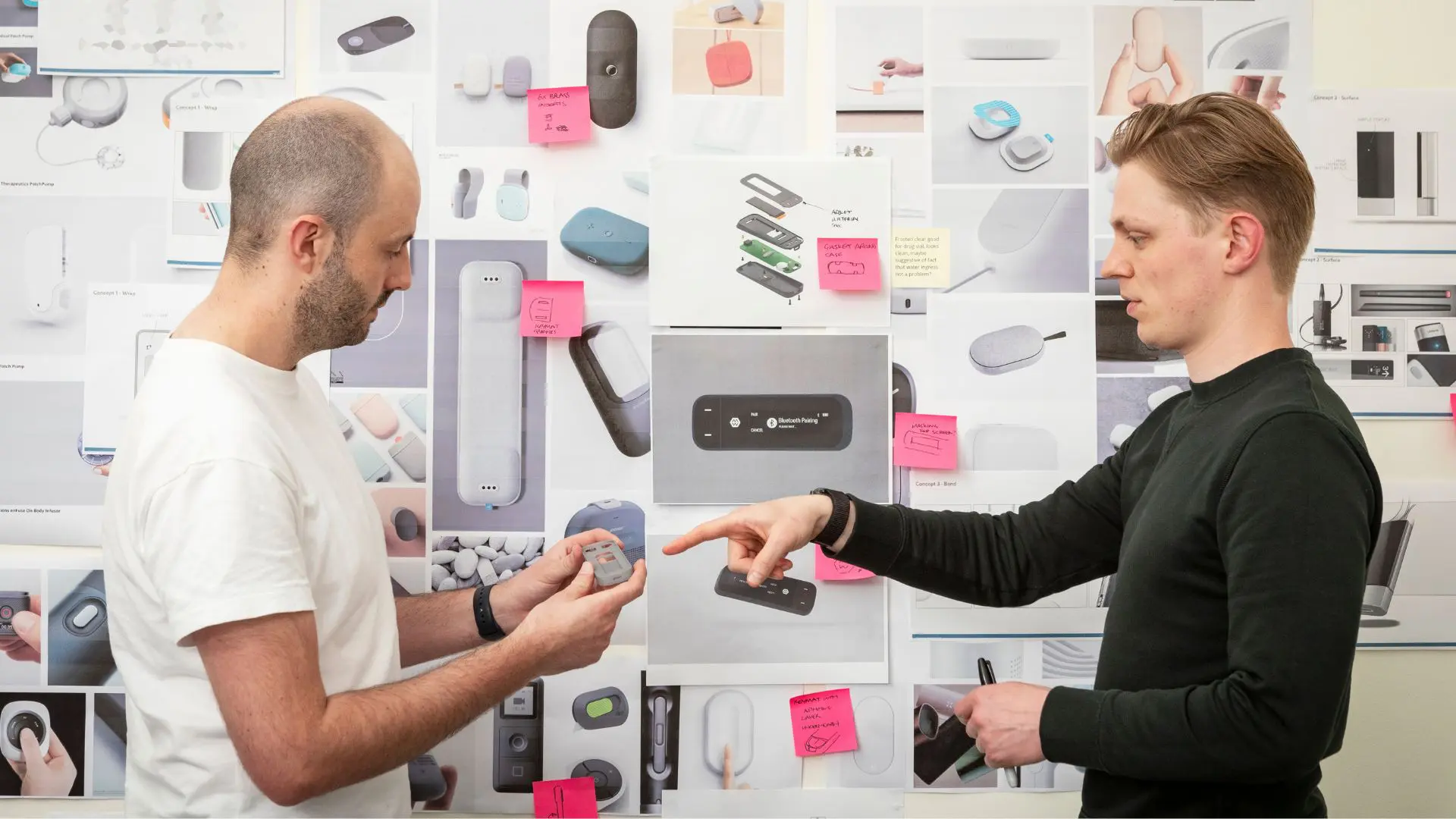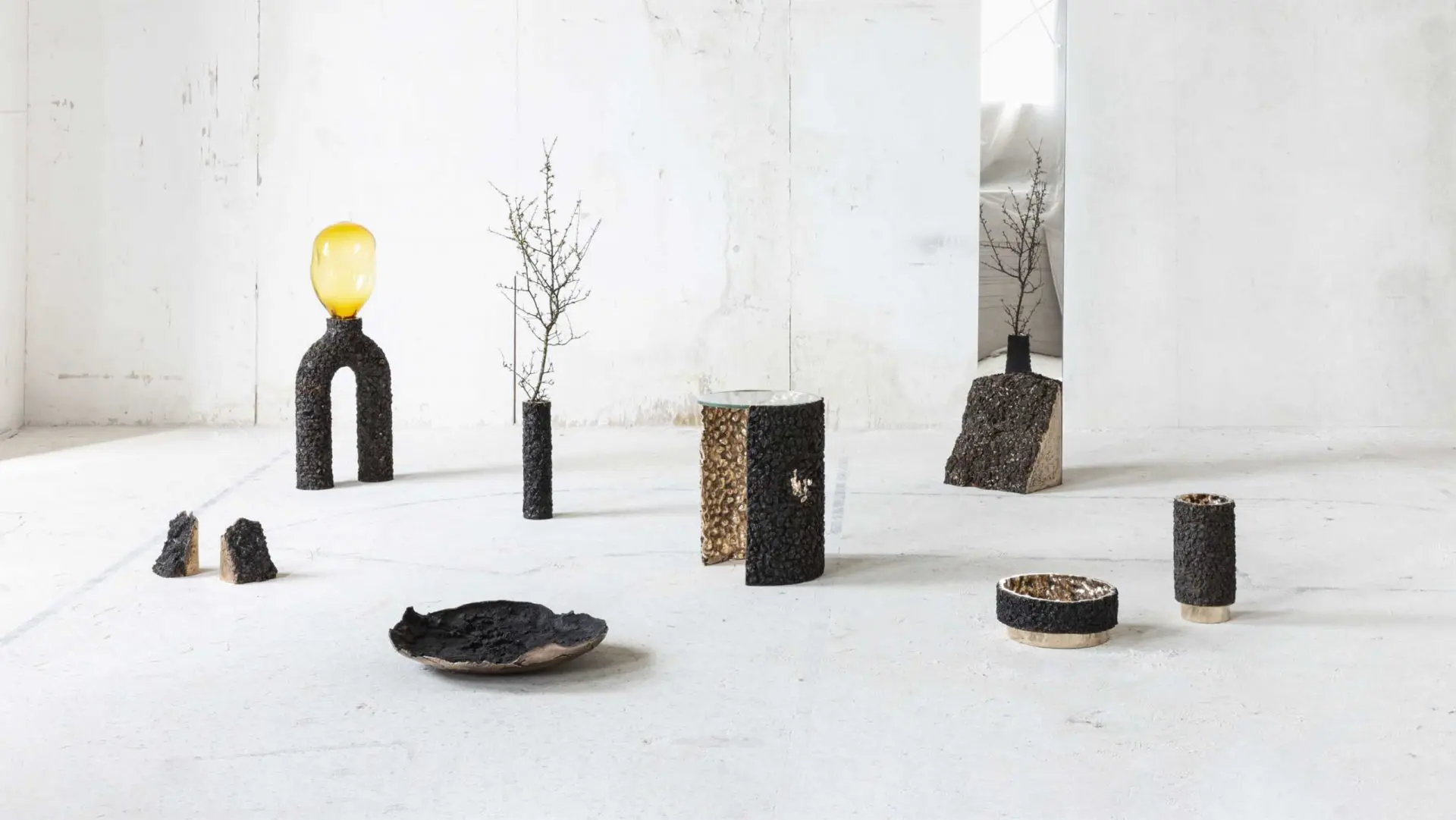Apartment Zero makes it last
Life is a series of flickers, some fated to shine even brighter when anointed by time. As Apartment Zero, a nexus for the design world, celebrates its 25th anniversary, it hones in on its effervescent relationships with cultural institutions.

Douglas Burton, co-founder of Apartment Zero, a leader and champion of industrial design innovation through cultural diplomacy, would visit museums with his parents every weekend growing up. Being raised in Houston with the Menil Collection, the Museum of Fine Arts, and the Contemporary Arts Museum nearby, even back then, art exhibitions sparked Burton’s imagination in unmatched ways, enabled escapism and both triggered and sustained his hunger for creative expression.
Since its inception in 1999 in Washington D.C., Apartment Zero has slowly but surely cemented its status as an influential and inspiring advocate of emerging voices and perspectives in the realms of industrial design. Celebrating artistic spirit and boldness, the collective treasures and continuously nourishes its ever-growing collaborations with museums and cultural institutions around the world.

As a fitting coda for the organization’s 25th anniversary, after many visits to museums around the United States, Burton, together with Apartment Zero’s co-creator Christopher Ralston, found themselves incredibly impressed with the industrial design collections and exhibition design at the Museum of Fine Arts, Houston, the Indianapolis Museum of Art and the High Museum of Art, Atlanta to which they chose to donate a vast and gripping selection of contemporary design pieces and objects which all reinforce an indelible element of Apartment Zero’s identity–its daring curatorial gusto.

Burton believes “it is important for all people to be able to enjoy these objects for years to come. Plus, in a museum setting, these valuable pieces would be in a safe space indefinitely. Additionally, each design curator was incredibly enthusiastic about collaborating with us, which was an added benefit.” Below he has handpicked four he has grown consequently (and unsurprisingly) almost emotionally attached to.

Designed for Lensvelt, Richard Hutten’s No Sign of Design Chair (1992) is exemplary of Hutten’s subtle and sober design style. It was with this chair that the Design Academy Eindhoven graduate broke through internationally–an anti-design statement by Hutten against the decorative aesthetic that prevailed at the time as well as a very functional, no-nonsense, minimalist, and timeless piece that enchants with its straightforwardness.
But, as Burton points out, there is also a sense of mystery that the No Sign of Design Chair seems to embody: “Stripped bare of any design elements and decorations, this fascinating chair is totally impersonal, tells us nothing about the designer’s point of view and keeps us guessing as to what generation it was actually created.” Known for his conceptually innovative and more importantly, sustainable design, Hutten’s work can be found in over 40 museums around the world, including MoMA New York, Victoria & Albert Museum London, Stedelijk Museum Amsterdam, and Vitra Designmuseum, Weil am Rhein.

Working from found images, in Along The Banks of The River High Above (2010), Brian Alfred masterfully identifies essential forms and depicts them as color fields, creating flat and depopulated landscapes. Created for Maharam Digital Projects, all the minuscule details found across this imaginary aerial landscape pronounce a scale shift. A scalable and repeatable mural-style installation, the composition’s beauty lies in how open it is for interpretation. In it, Burton immediately recognizes “the plots of farmland we see outside our airplane window. The distorted angles and perspective fascinate me and also bring to mind Vitra’s Polder Sofa from Hella Jongerius.”

Created by Scott Franklin and Miao Miao, who have garnered valuable experience in the fields of architecture, interior design, product design, lighting, and fashion, Los Angeles–based NONdesigns explores novel material formulas and creates concepts, products, and environments meant to generate a sense of surprise and keep us very much grounded in the present moment. A hand-blown glass lamp that has a water-submerged light bulb at its center, Nondesigns’s Wet Lamp (2006) quite unexpectedly couples water and electricity. When a silver rod is slid into the water through a silicone gasket, the Wet Lamp turns on and turns steadily brighter as the rod is submerged and delivers more current.
It’s no wonder this fascinating object happens to be one of Burton’s favorite creations primarily because of its internal mechanisms–”This borosilicate glass orb filled with water and salt only illuminates when the electrical device meets with these two elements, as the silver rod that charges the water becomes its dimmer switch, pull it out and the light goes off.” A completely safe and isolated system of low-voltage power and easily replaceable bulbs, the Wet Lamp is part of an elegant and playful collection of hand-blown glass lamps, each with an alluring water-submerged light bulb at the core.

For Burton, Amanda Levete’s Edge Lamp (2010) is intriguingly “reminiscent of the movement of a cake knife spreading frosting. This architectural gem echoes her building designs: organic, curvilinear, emotional, embracing the user instead of discouraging engagement.” Conceived by Levete in collaboration with Philips for Established & Sons, this innovative product in light design is conceptualized to portray OLED technology, an OLED being an extremely flat, lightweight panel. Composed of a thin ribbon of twisted steel on a support platform, when switched off, the tabletop luminaire resembles a mirror but when current is applied, it lights up to cast out a gentle, evenly dispersed glow of light. A groove is cut off-center into the steel to allow the cable to operate as a decorative element.
Dubbed Lumiblade by Philips, OLED is considered a breakthrough in lighting technology, because it does not flicker, glare, or emit excessive heat as traditional light bulbs can be known to do. In Edge, the light is a simple zig-zag of self-supporting metal and the OLED panel itself is discretely hidden underneath the upper-most plane of steel.
In all honesty, Burton never imagined Apartment Zero would get to celebrate such a monumental milestone, given the unpredictability and changing landscape of the industry. As he has had time to reflect on its astounding anniversary, he feels that his most fulfilling moments “will always be our non-profit cultural exhibitions with museums and embassies, having forged lasting friendships with fascinating people, who otherwise we would have never met.”
Just as hungry and curious so many decades later, Burton is still “immeasurably impressed with what creative people can compose, just from the depths of their mind. Relating design history with architecture, art, performing arts, graphic design and more is a true passion of mine.” Looking ahead, it’s safe to say Apartment Zero is very much on the right track as it simultaneously cherishes and deepens a plethora of partnerships built on the premise of shared values, and ceaselessly bolsters some of the world’s most striking talents.











